Notify me
2021 Sancerre Rouge
Daniel Chotard
Lovely Pinot Noir fruit, dark purple color, fully versatile, and ready to drink now.
—Chris Santini
| Wine Type: | red |
| Vintage: | 2021 |
| Bottle Size: | 750mL |
| Blend: | Pinot Noir |
| Appellation: | Sancerre |
| Country: | France |
| Region: | Loire |
| Producer: | Daniel Chotard |
| Winemaker: | Simon Chotard |
| Vineyard: | Vines between 20 and 55 years old, .6 ha |
| Soil: | Clay, Limestone, Kimmeridgian marl |
| Aging: | Wine ages both in stainless steel (70%) and fûts (30% new, 300 to 500 liter barrels) |
| Farming: | Lutte Raisonnée |
| Alcohol: | 12.5% |
More from this Producer or Region

2022 Saumur-Champigny “Les Mémoires”
France | Loire
Sourced from 110+ year-old vines, this is hands-down one of the best Cab Francs being made in the Loire Valley today.

2024 Bourgueil “Cuvée Alouettes”
France | Loire
Alouettes harkens to a different era: it’s pleasantly tannic and chalky, with sleek notes of licorice, cranberry, and prickly black pepper.
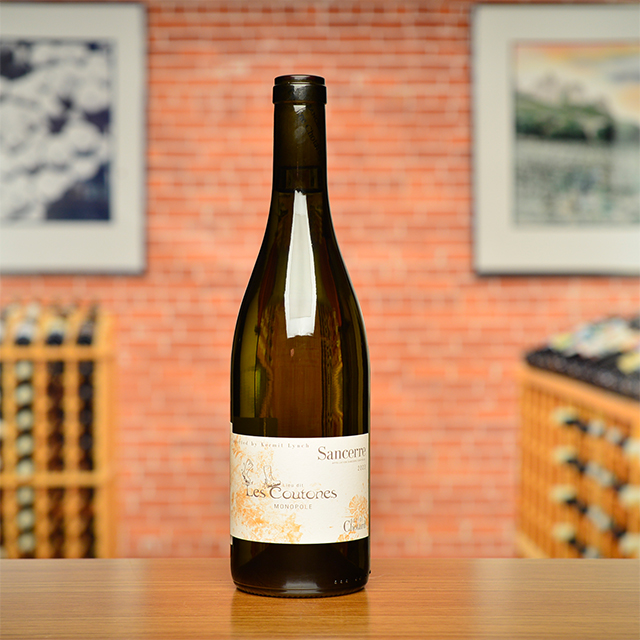
2023 Sancerre “Les Coutones”
France | Loire
A fleshy, full-bodied Sancerre with great freshness and the ability to age in bottle for a few years after release.
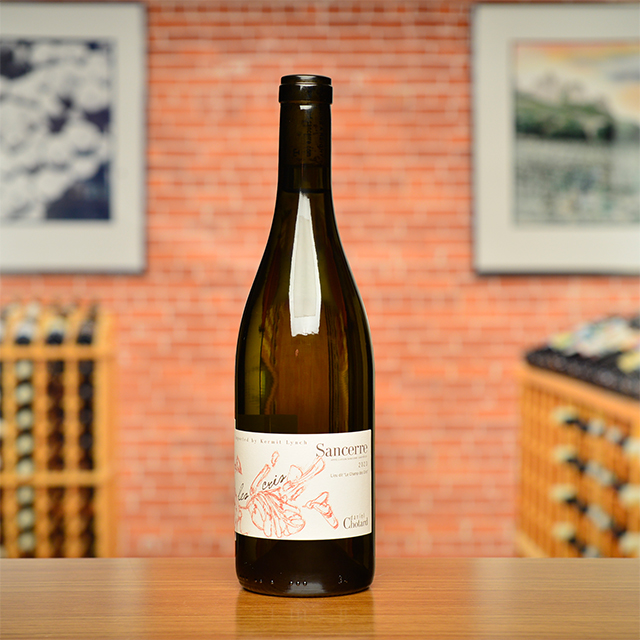
2023 Sancerre “Les Cris”
France | Loire
Simply gorgeous, the Cris is sublimely perfumed, generous on the palate, and long and saline on the elegant finish.

2021 Vin de France Rosé Grolleau/Cabernet Franc “Les Arceaux”
France | Loire
Intensely dry and mineral, the structured Les Arceaux is a bottle to pair with a meal rather than to drink as an apéritif.
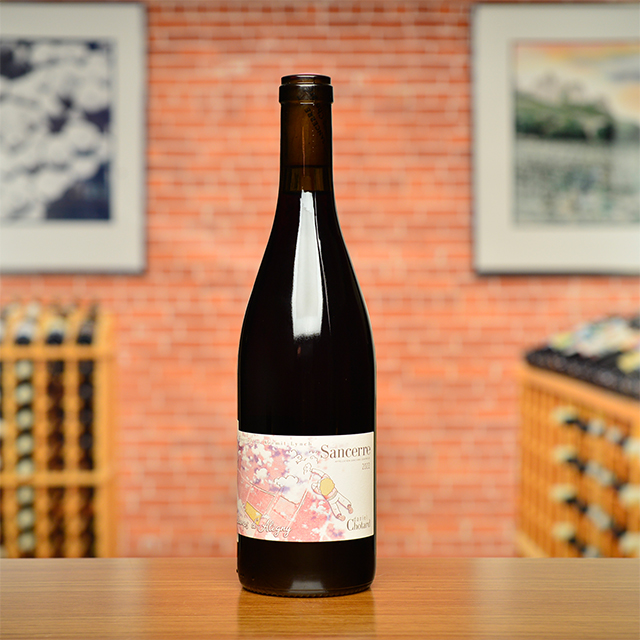
2022 Sancerre Rouge “Champs d’Alligny”
France | Loire
Previously blended into the domaine’s Sancerre rouge, the Champs d’Alligny is now its own bottling, a successful experiment if there ever was one.
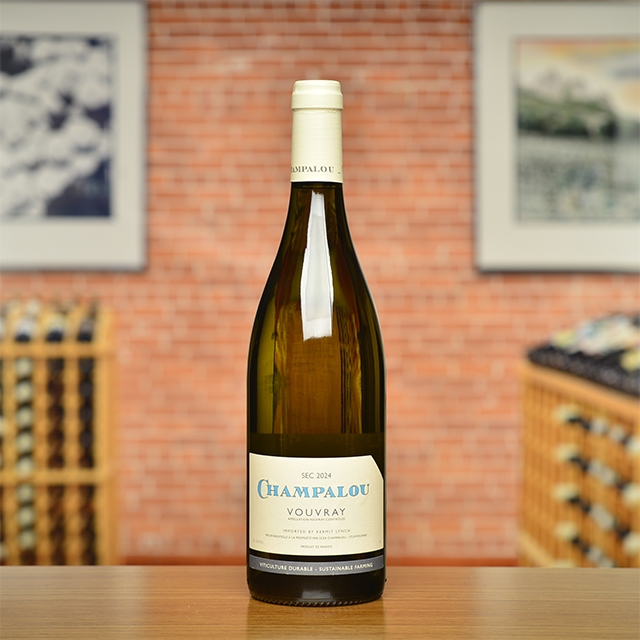
2024 Vouvray
France | Loire
Gentle and refreshing on the palate, it boasts a delightful balance of stony minerality with luscious, almost honeyed fruit and flowery notes.

2022 Saumur Champigny “Terres Chaudes”
France | Loire
Thierry has perfected the art of coaxing this Cabernet Franc’s soulfulness and elusive finesse into bottle.

2020 Saumur Blanc “L’Échelier”
France | Loire
This dry Chenin Blanc is etched from the white limestone beneath—crystalline, pure, and chiseled.
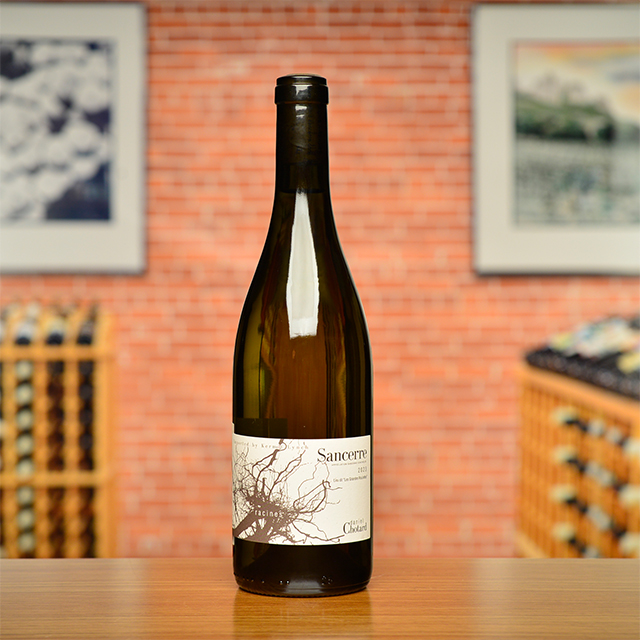
2023 Sancerre “Racines”
France | Loire
It combines the racy acidity and taut mineral structure imparted by the Kimmeridgian limestone terroir with a subtle kiss of oak and a fine wood grain on the finale.
About The Producer
Daniel Chotard
About The Region
Loire

The defining feature of the Loire Valley, not surprisingly, is the Loire River. As the longest river in France, spanning more than 600 miles, this river connects seemingly disparate wine regions. Why else would Sancerre, with its Kimmeridgian limestone terroir be connected to Muscadet, an appellation that is 250 miles away?
Secondary in relevance to the historical, climatic, environmental, and cultural importance of the river are the wines and châteaux of the Jardin de la France. The kings and nobility of France built many hundreds of châteaux in the Loire but wine preceded the arrival of the noblesse and has since out-lived them as well.
Diversity abounds in the Loire. The aforementioned Kimmeridgian limestone of Sancerre is also found in Chablis. Chinon, Bourgueil, and Saumur boast the presence of tuffeau, a type of limestone unique to the Loire that has a yellowish tinge and a chalky texture. Savennières has schist, while Muscadet has volcanic, granite, and serpentinite based soils. In addition to geologic diversity, many, grape varieties are grown there too: Cabernet Franc, Chenin Blanc, Sauvignon Blanc, and Melon de Bourgogne are most prevalent, but (to name a few) Pinot Gris, Grolleau, Pinot Noir, Pineau d’Aunis, and Folle Blanche are also planted. These myriad of viticultural influences leads to the high quality production of every type of wine: red, white, rosé, sparkling, and dessert.
Like the Rhône and Provence, some of Kermit’s first imports came from the Loire, most notably the wines of Charles Joguet and Château d’Epiré—two producers who are featured in Kermit’s book Adventures on the Wine Route and with whom we still work today.
More from Loire or France
2024 Reuilly Pinot Gris Rosé
Domaine de Reuilly France | Loire
2024 Cheverny
Domaine du Salvard France | Loire
2023 Sancerre “Racines”
Daniel Chotard France | Loire
2018 Muscadet Sèvre et Maine “Gorges”
Domaine Michel Brégeon France | Loire
2022 Quincy “Château de Quincy”
Domaine Trotereau France | Loire
2024 Val de Loire Sauvignon Blanc “Unique”
Domaine du Salvard France | Loire
2021 Chinon “La Croix Boissée”
Bernard Baudry France | Loire
2020 Bourgueil “Les Perrières”
Catherine & Pierre Breton France | Loire
2021 Saumur Blanc “Terres”
Thierry Germain France | Loire
2022 Jasnières “Cuvée Sainte Narcisse”
Pascal Janvier France | Loire
2024 Bourgueil Rosé
Domaine de la Chanteleuserie France | Loire
2024 Vouvray “Les Fondraux”
Champalou France | Loire
2024 Reuilly Pinot Gris Rosé
Domaine de Reuilly France | Loire
2024 Cheverny
Domaine du Salvard France | Loire
2023 Sancerre “Racines”
Daniel Chotard France | Loire
2018 Muscadet Sèvre et Maine “Gorges”
Domaine Michel Brégeon France | Loire
2022 Quincy “Château de Quincy”
Domaine Trotereau France | Loire
2024 Val de Loire Sauvignon Blanc “Unique”
Domaine du Salvard France | Loire
2021 Chinon “La Croix Boissée”
Bernard Baudry France | Loire
2020 Bourgueil “Les Perrières”
Catherine & Pierre Breton France | Loire
2021 Saumur Blanc “Terres”
Thierry Germain France | Loire
2022 Jasnières “Cuvée Sainte Narcisse”
Pascal Janvier France | Loire
2024 Bourgueil Rosé
Domaine de la Chanteleuserie France | Loire
2024 Vouvray “Les Fondraux”
Champalou France | Loire
Kermit once said...

Kermit once said...
You don’t have to be rich to cellar a great wine.
















